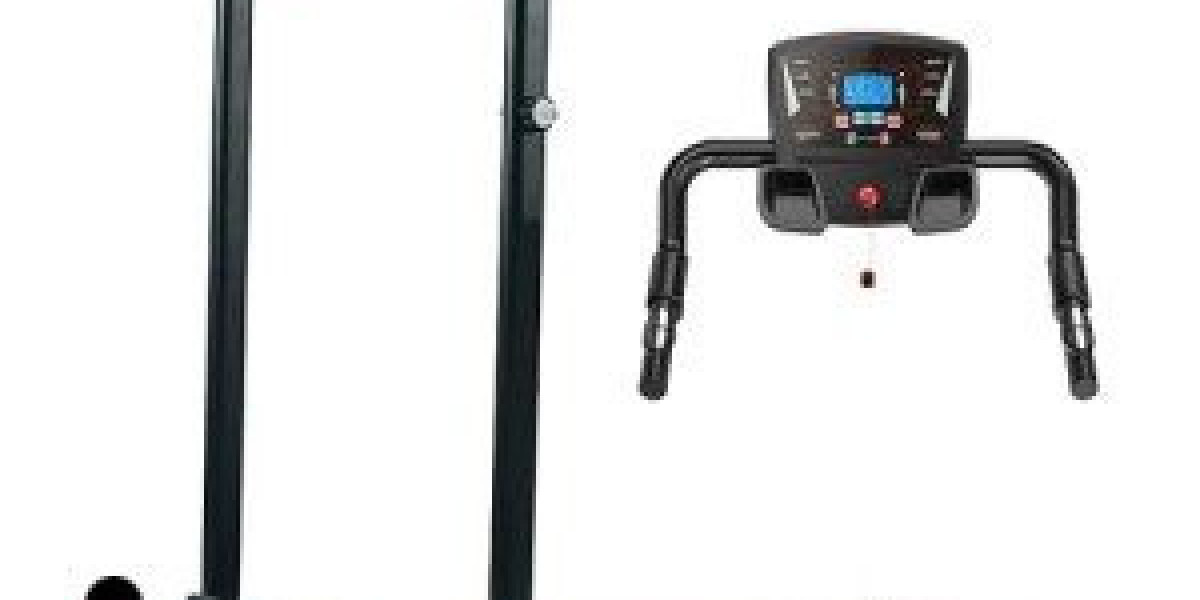Powering Innovation: The Expanding Role of Flexible Printed Circuit Boards (FPCBs)
In the age of miniaturized electronics, smart devices, and wearable tech, Flexible Printed Circuit Boards (FPCBs) are at the heart of modern electronic design. Their ability to bend, twist, and conform to dynamic shapes makes them indispensable in today’s high-performance, compact devices.
? What Are FPCBs?
Flexible Printed Circuit Boards are electronic circuits built on flexible substrates, such as polyimide or polyester, allowing for compact, lightweight, and highly adaptable circuit configurations. Unlike rigid PCBs, FPCBs can be folded or rolled without damaging the circuit, offering enhanced design freedom.
? Market Outlook & Growth Trends
The FPCB market is poised for robust expansion. As of 2023, the market was valued at over USD 15 billion, and it is expected to surpass USD 30 billion by 2032, growing at a CAGR of 7%–9% during the forecast period.
Key growth drivers include:
Surge in smartphone, tablet, and wearable device production.
Demand for lightweight, compact automotive electronics.
Rise of 5G-enabled devices requiring flexible interconnects.
Growth of medical electronics, such as implantable and diagnostic devices.
Increasing complexity in consumer electronics and IoT devices.
? FPCBs in Real-World Applications
Flexible PCBs are used across a wide range of industries:
Consumer Electronics: Smartphones, smartwatches, cameras, and foldable devices.
Automotive: Advanced driver assistance systems (ADAS), infotainment, and lighting systems.
Medical Devices: Wearables, diagnostic sensors, hearing aids, and minimally invasive equipment.
Industrial & Aerospace: Harsh environment applications where vibration, temperature, and space constraints are critical.
? Technology Advancements
Recent innovations are pushing the boundaries of what FPCBs can do:
Multi-layer FPCBs for increased functionality.
Rigid-flex PCBs, combining rigid and flexible areas for complex assemblies.
High-density interconnect (HDI) designs for more compact and powerful electronics.
Integration with printed electronics for next-gen smart textiles and e-skin applications.
? Challenges and Considerations
While promising, FPCBs come with challenges:
Higher initial manufacturing cost compared to rigid PCBs.
Complex design and assembly processes.
Susceptibility to mechanical damage if not properly handled.
However, ongoing advancements in materials science, design automation, and fabrication processes are addressing these limitations, making FPCBs more accessible and reliable.
? The Future is Flexible
As devices continue to shrink and expectations for performance rise, FPCBs are set to become even more integral to product innovation. From foldable phones to implantable medical devices, their unique capabilities position them at the forefront of the next wave of electronics design.
Conclusion
Flexible Printed Circuit Boards represent more than just an alternative to rigid PCBs—they’re a cornerstone of next-generation electronic systems. For engineers, product designers, and manufacturers, embracing FPCBs means embracing a future defined by adaptability, innovation, and performance.
Read More
| PoE Switches Market |
| Floor Pop Display Market |
| Mainframe Market |
| Fire Sensors And Detector Market |
| Handwriting Digital Pen Market |
| Integrated Microwave Assembly Market |








